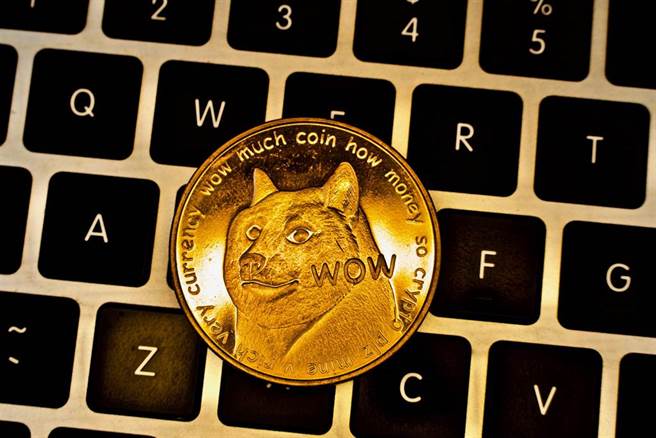Coins, those small yet captivating pieces of metal, 狗狗幣未來 have held a remarkable fascination for humanity throughout history. As tangible relics of the past, they offer us an invaluable glimpse into the cultural, economic, and artistic landscapes of bygone eras. Numismatics, the study and collection of coins, has grown into a captivating hobby and a serious academic pursuit, bridging the gap between archaeology, history, and art.
From ancient civilizations to modern nations, coins have served as both practical means of trade and powerful tools for propagating ideology. The intricate designs etched onto these small discs often carry symbols, portraits of rulers, and depictions of significant events. Consider Roman denarii, adorned with the profiles of emperors, or Greek drachmas featuring images of gods and heroes. Each coin, a tiny canvas, is a testament to the prevailing values and aspirations of its time.
The allure of coin collecting lies not only in the historical narratives they convey but also in their aesthetic beauty and craftsmanship. The intricate details, varying metals, and meticulous minting techniques showcase the expertise of ancient and modern civilizations alike. From the lustrous gold aurei to the rustic copper follis, coins come in a dazzling array of materials and designs, reflecting the artistic sensibilities of their creators.
Modern numismatics has evolved beyond mere collecting. It encompasses research, authentication, and conservation, with experts delving into the historical contexts of coins to decipher their origins and significance. In recent times, the rise of digital currencies has added a new dimension to the world of coins, challenging traditional notions of currency and sparking conversations about the future of money.

